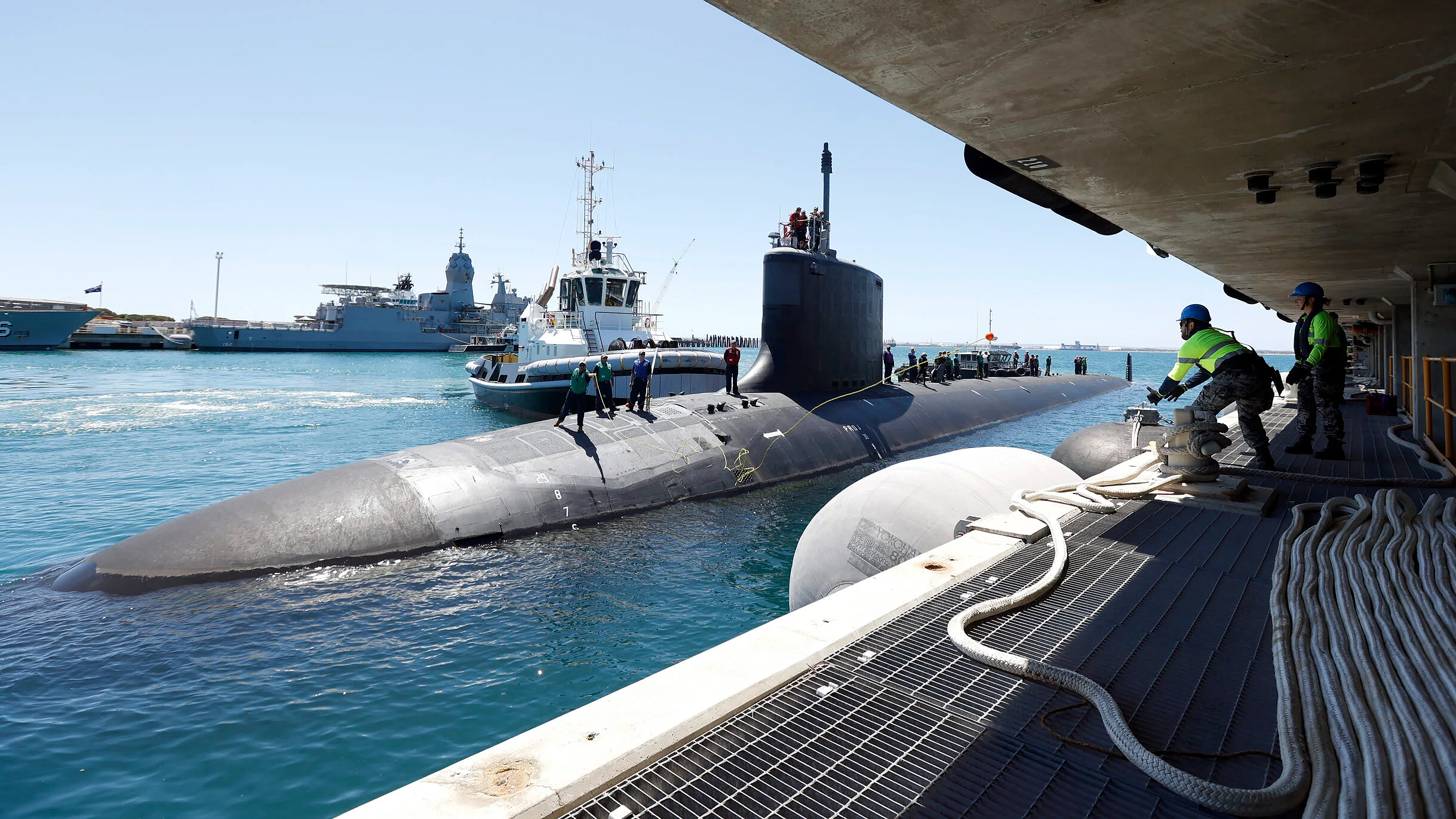The Royal Australian Navy’s senior commanders have revealed the hard details of Australia’s trilateral AUKUS nuclear submarine acquisition deal with the United States and the United Kingdom. These details, which emerged under intense questioning during parliamentary defense budget hearings, also have ramifications for the U.S. Navy’s submarine capacity.
Almost two years after the surprise September 2021 trilateral announcement that the United States and the United Kingdom would team up to assist Australia to acquire and field a next-generation nuclear-powered submarine fleet, major plans for the program have emerged during a Senate Estimates hearing in the Australian capital Canberra on May 30 and 31.
Under intense and sometimes hostile questioning from upper house cross-bencher Senator Jacquie Lambi, the Australian head of the Royal Australian Navy’s Nuclear Powered Submarine Task Force disclosed many of the ‘known unknowns’ of Australia’s AUKUS nuclear submarine program.
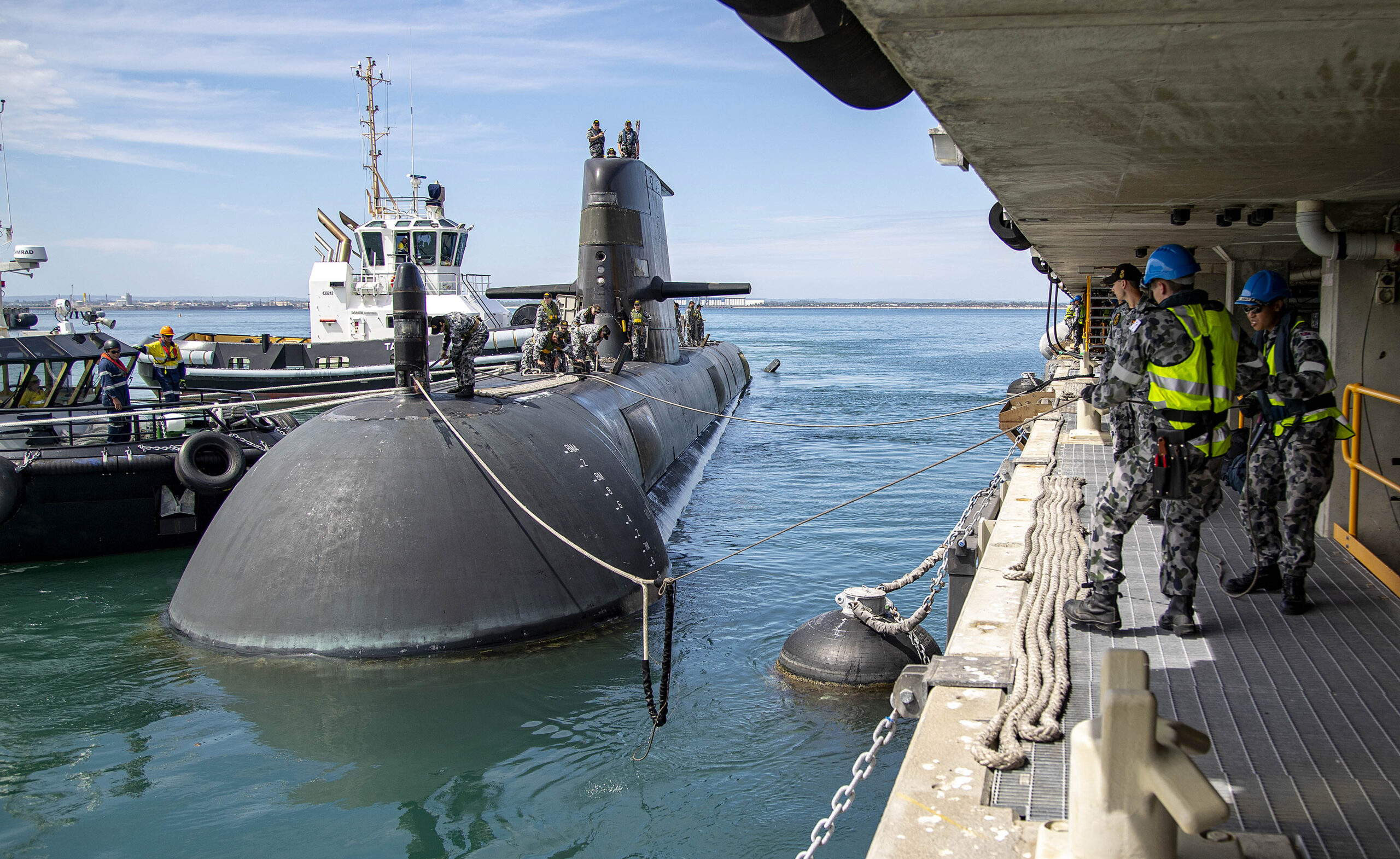
This included the configurations and timings for the introduction of the first three Virginia class attack submarines, the number of follow-on AUKUS class nuclear attack submarines to be built in a co-development deal with the United Kingdom, and the intended final strength of Australia’s future nuclear submarine fleet.
“Two Virginias would be transferred to us [the Royal Australian Navy] and then we buy one off the production line,” the Head of Australia’s Nuclear Powered Submarine Task Force Vice Admiral Jonathan Mead told the Senate Foreign Affairs, Defense, and Trade Legislation Committee panel in formal evidence after repeated and specific questioning from Senator Lambi.
“The exact allocations of submarines that would be transferred to Australia is still to be determined by Australia and the U.S.,” Vice Admiral Mead stated in response to questions. “But we are looking at those submarines having over 20 years of service life.”
The “20 years of service life” refers to the expected operational hull life of the submarines after their transfer from the U.S. Navy to the RAN in or around 2032, as revealed in the March 2023 joint statement by U.S. President Joe Biden, British Prime Minister Rishi Sunak, and Australian Prime Minister Anthony Albanese.

Armed with Vice Admiral Mead’s disclosure of the 20 years of service life of the first transferred Virginia, the known reactor service life, and the U.S. Navy’s published Virginia class build and entry into service timeline, Senator Lambi pressed the commander on which Virginia class configuration block Australia was in negotiation with the U.S. Department of Defense for transfer from the U.S. Navy.
Vice Admiral Mead, responded, “So we’re probably looking at Virginia Blocks III or IV.” Vice Admiral Mead’s identification of the Virginia class Block III or Block IV as the production configuration of the two initial SSNs that will be transferred to the Royal Australian Navy appears to reduce the targeted U.S. Navy submarines to one, potentially two, SSN-774 Block III boats (SSN-791 USS Delaware commissioned in April 2020, and less likely SSN-790 USS South Dakota commissioned in February 2019) and all 10 of the Block IV boats, only three of which have entered service since April 2020. Seven more Block IV Virginias are at various stages of production or in U.S. Navy or contractor sea trials ahead of entering service. This is just based on the limited info available at this time and of course is subject to change.
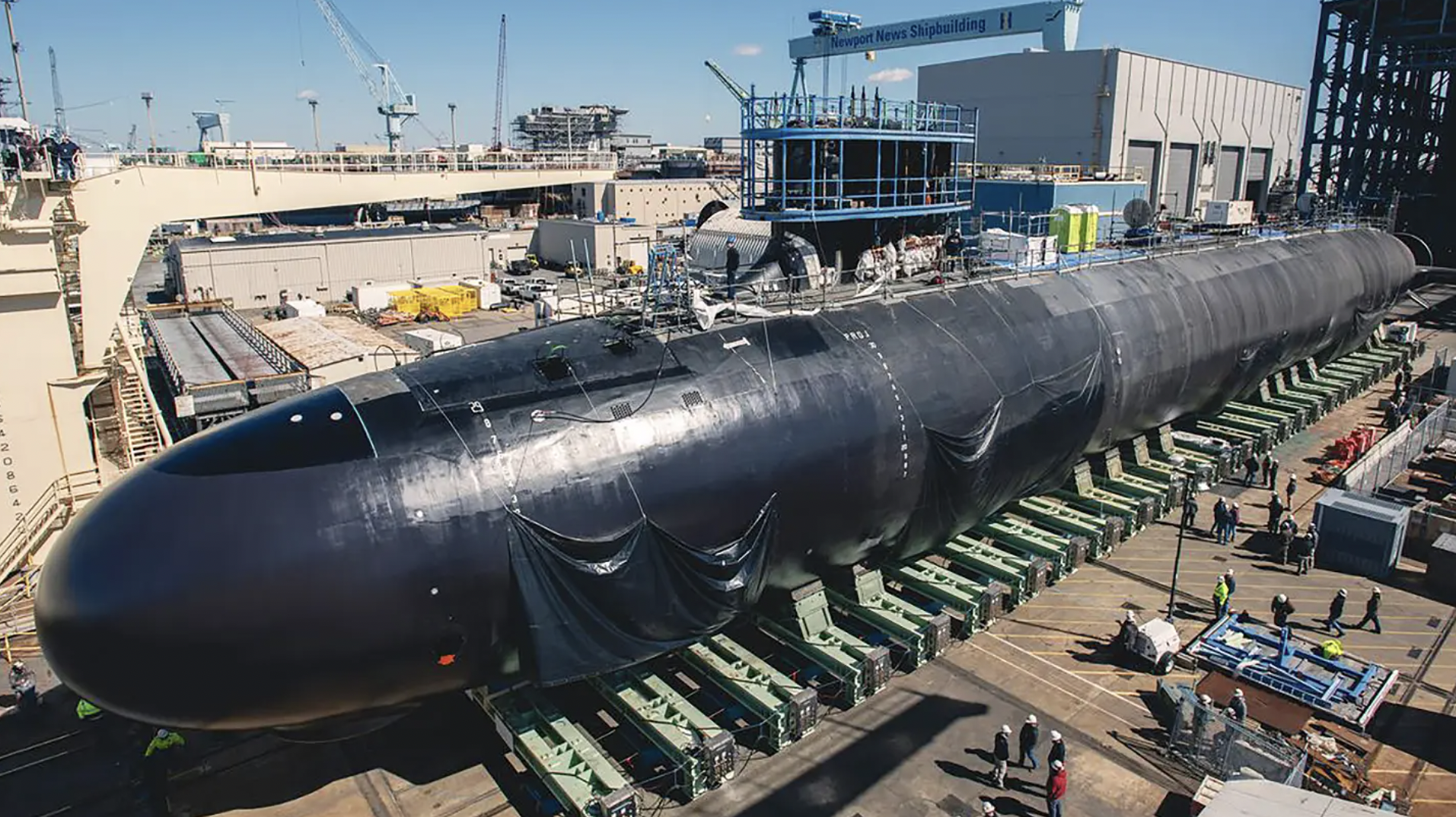
No details on the third Virginia for the Royal Australian Navy, which will be “bought off the production line,” were disclosed during the Australian Senate hearings, where both Vice Admiral Mead and his superior Admiral Mark Hammond were vigorously questioned on every publicly known Virginia class flaw without revealing any further details of which exact U.S. Virginia class SSNs Australia is hoping to directly acquire.

“It wouldn’t surprise me if the U.S. Navy don’t commit to the names of those vessels for some time to come,” Australian Chief of Navy Admiral Hammond told the Foreign Affairs, Defense, and Trade Legislation Committee. “But I am confident that they are leaning into this partnership and looking forward to working with us to set the Royal Australian Navy up for future success.”
The aggressive interrogation of Australia’s two senior naval figures on May 31 followed on from similar scenes at the same hearing on the day before when Senator David Shoebridge of the anti-nuclear Greens Party subjected Vice Admiral Mead to a sustained barrage of questioning. This eventually revealed that the Australian government’s plans for its future submarine fleet vary from the widely reported public perception in both the United States and Australia.
It seems that the concept that the Virginia class SSNs were a temporary nuclear-powered tactical submarine capability being acquired only to bridge a ‘capability gap’ was not the complete story. This gap existed between the decline of the operational utility of Australia’s in-service Collins class diesel-electric tactical submarines and a future fleet of eight AUKUS class tactical SSNs to be built locally in South Australia in a joint program with the British is nowhere near the complete story.
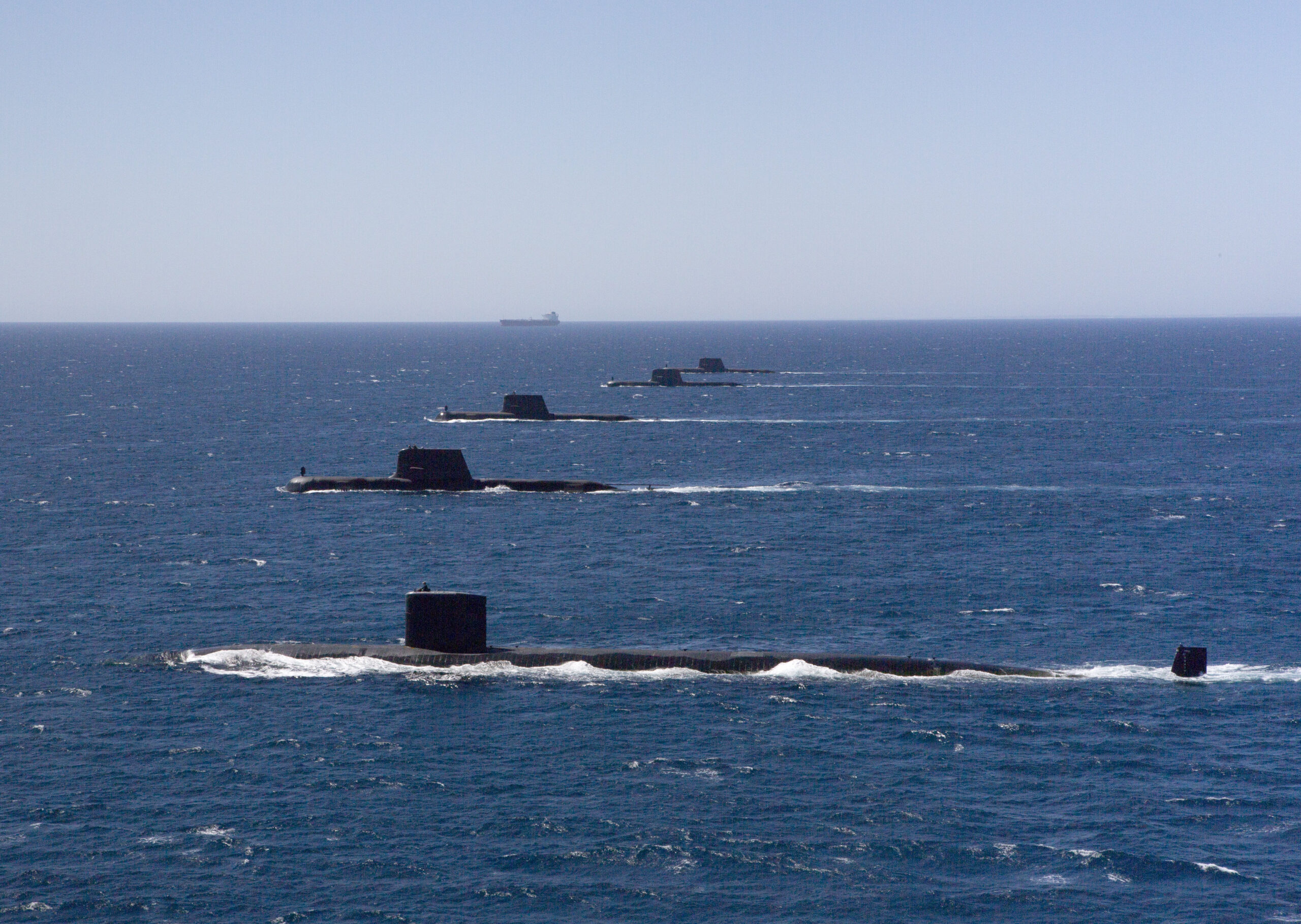
“The government has indicated eight nuclear-powered submarines for Australia,” Vice Admiral Read carefully stated in formal evidence to the Senate Estimates hearings. “Based on our modeling and working with our U.S. and U.K. partners we are looking to acquire and deliver an eight-fleet SSN [sic] in the mid-2050s.”
When specifically pressed by Senator Shoebridge as to whether he meant eight locally built next-generation AUKUS class nuclear submarines, the Vice Admiral responded, “No, eight nuclear-powered submarines. That includes three of the Virginias.”
In a single response, the carefully crafted AUKUS story was effectively ‘complicated.’ In reality, the Australian government’s policy is to raise a total fleet of eight nuclear-powered conventionally armed submarines to be operational by the mid-2050s. This fleet will be comprised of both the three transferred and new-build Virginia class attack submarines with the balance of the fleet made up of Australian-built next-generation AUKUS class SSNs.
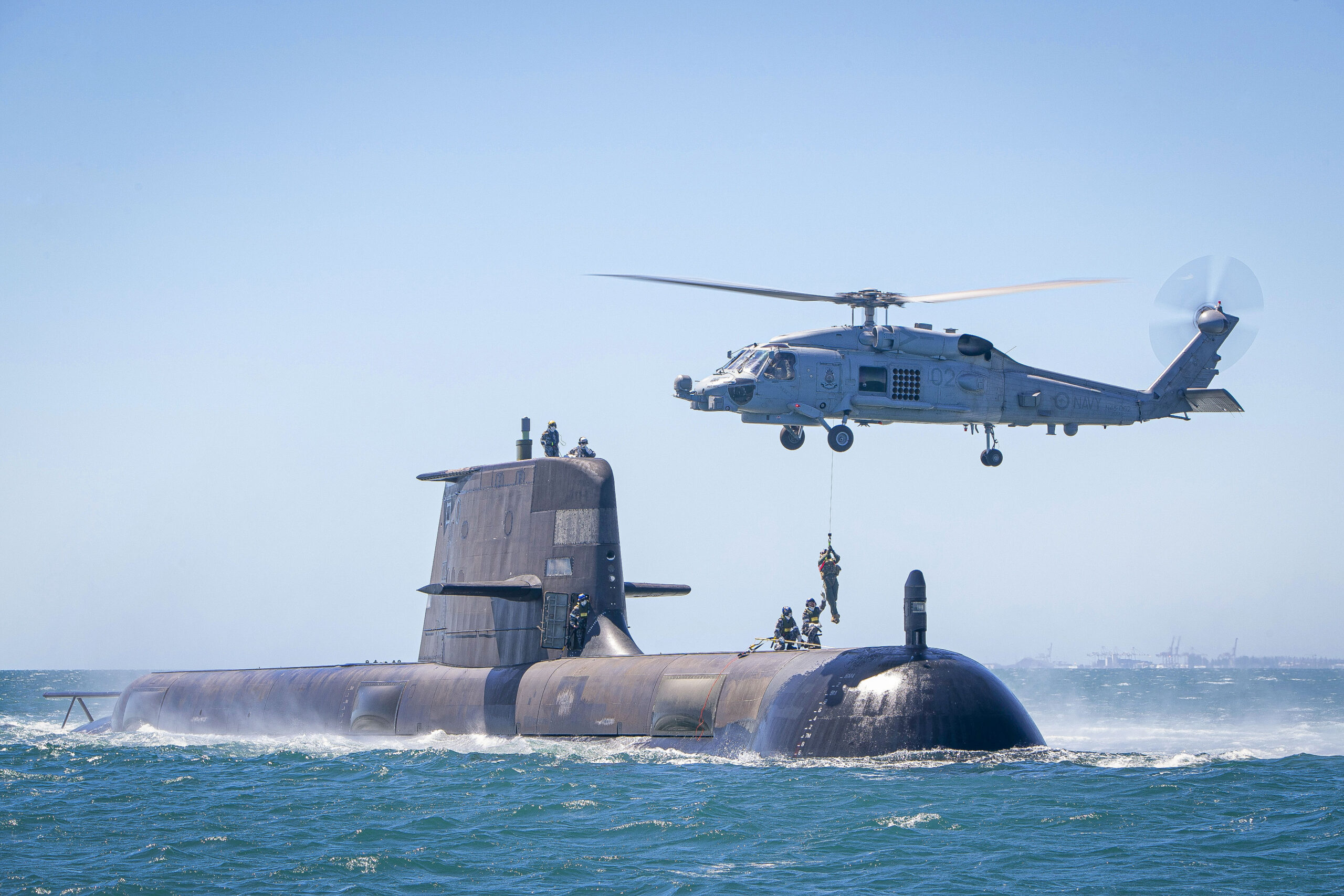
Even this projected outcome appears fragile when one considers the public announcement of ‘up to five’ Virginia class SSNs being sourced from the United States, with options for two additional Virginias of some future block as a fallback capability. This would come in the event of delays to the U.K.-Australian AUKUS class nuclear-powered attack submarine program, which could reduce any future AUKUS SSN build to as few as three hulls in the first tranche.
According to Vice Admiral Mead, any additional AUKUS SSNs — presumably meaning a second tranche of three to five boats to meet the announced eight-submarine build program — is a decision, “to be made by a future [Australian] government”.
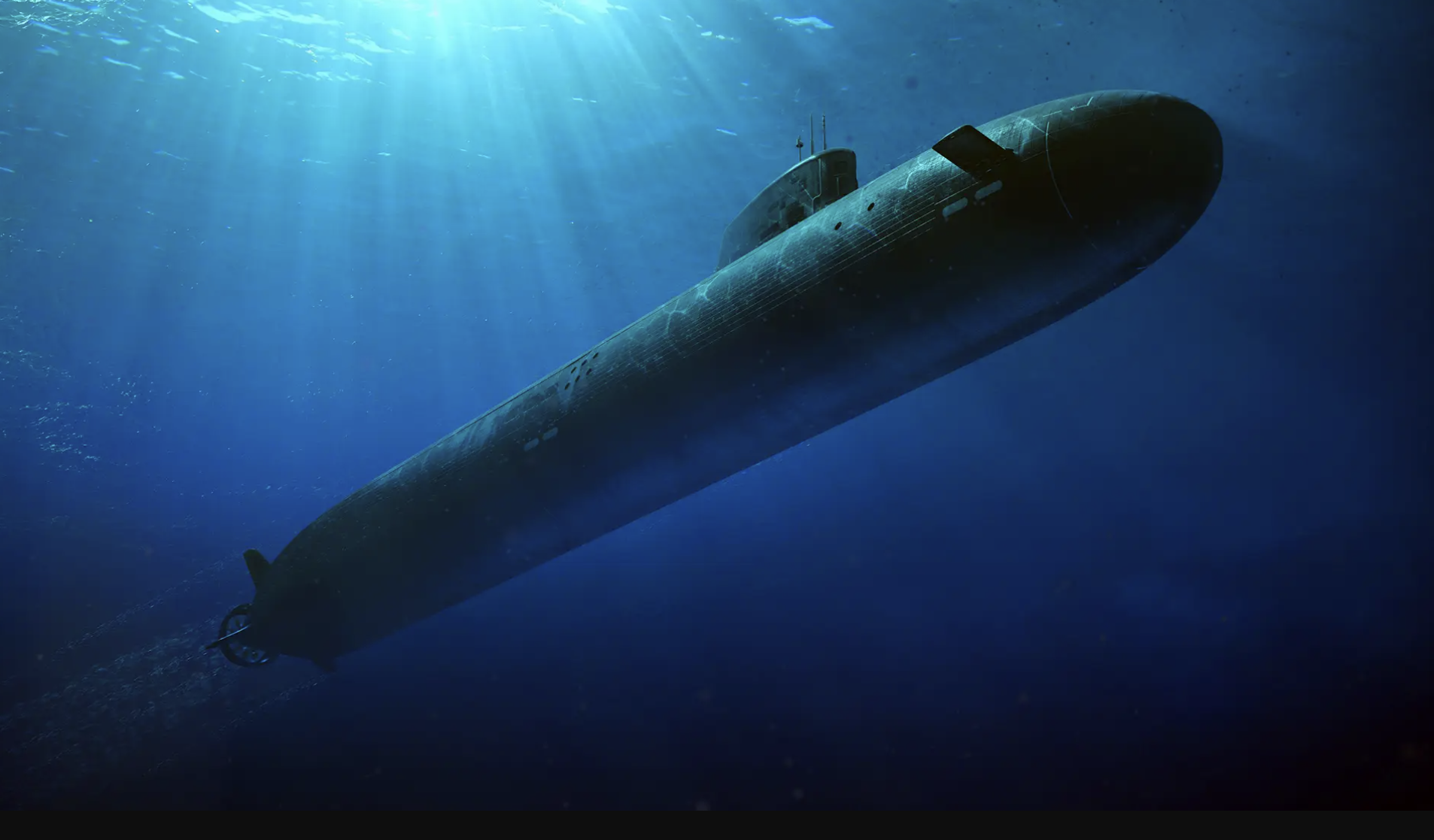
The Australian Senate hearings also underlined that far from a program of extended port visits with some maintenance and sustainment elements, the AUKUS-inspired Submarine Rotational Force – Western Australia (with the acronym SURF-West) at the Royal Australian Navy’s HMAS Stirling Fleet Base West near Perth appears to more closely resemble a substantial U.S. Navy Indian Ocean forward presence. This could include something akin to a forward-deployed attack submarine squadron than just a ‘rotational’ periodic stopover point amid broader U.S. Navy submarine deployments.
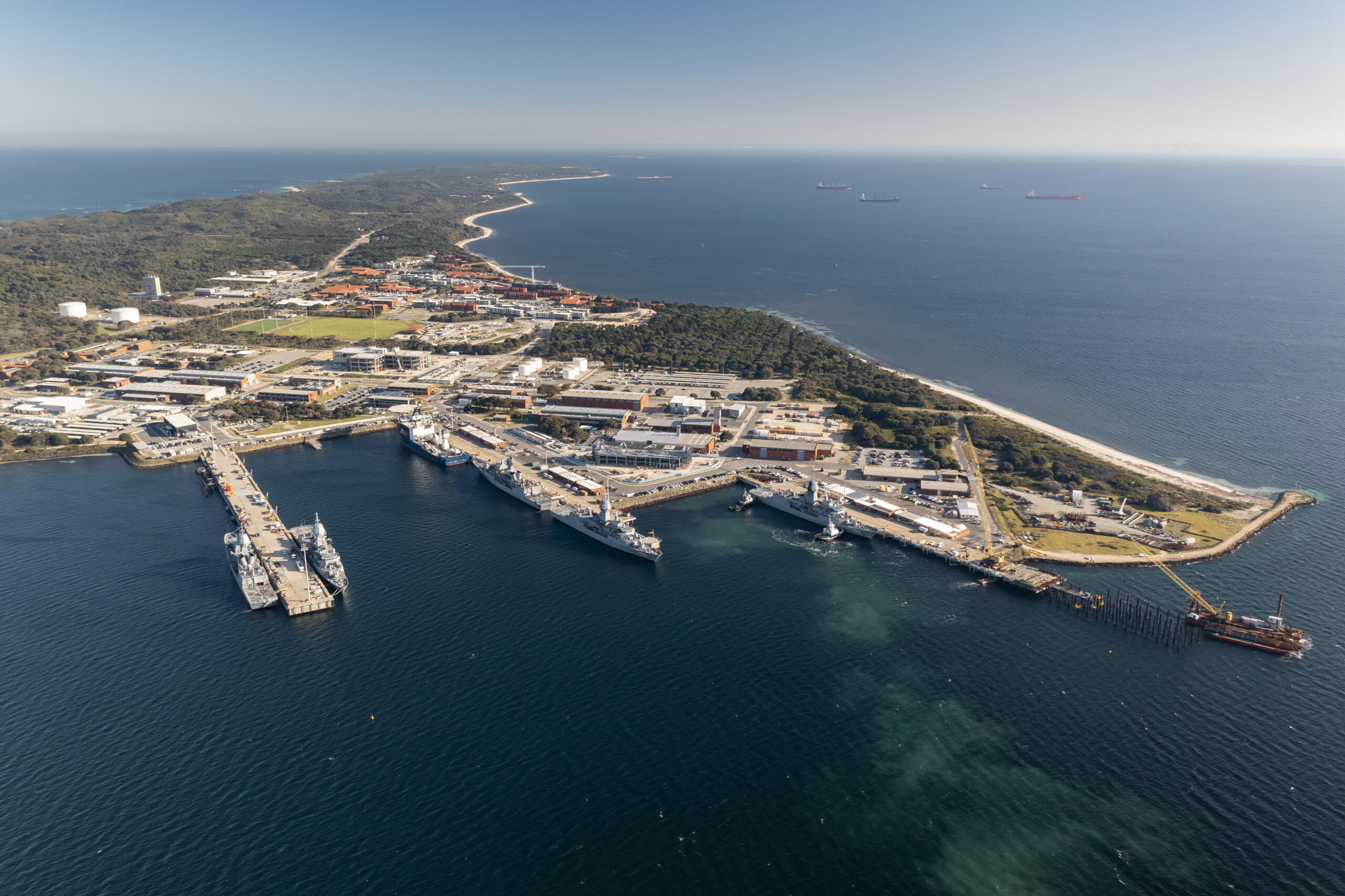
Australian investments in extensions to the submarine berthing at Fleet Base West’s Diamantina Pier and plans to build spares storage facilities, maintenance workshops, technical support centers, and additional electrical generation have been approved. And, most tellingly, so has married and single personnel accommodations and the expansion of local schools and medical facilities to support American, British, and additional Australian naval personnel rotating through the base with SURF-West ahead of the 2027 timeline.
From 2027, up to four U.S. Navy and one Royal Navy SSNs will operate out of Fleet Base West, in a major pivot to Indian Ocean operations and a serious reinforcement of Australia’s deterrence to aggression from the Chinese Navy.
Australian preparations have been in the works for a few years including the specific ‘verification and validation’ of the U.S. Navy’s ability to rearm its nuclear-powered attack submarines at Fleet Base West employing Australian facilities and combined U.S. Navy/Royal Australian Navy teams. This was pioneered during the 2022 visit of the Los Angeles class SSN USS Springfield and the U.S. Navy’s Emery S. Land class submarine tender USS Frank Cable.
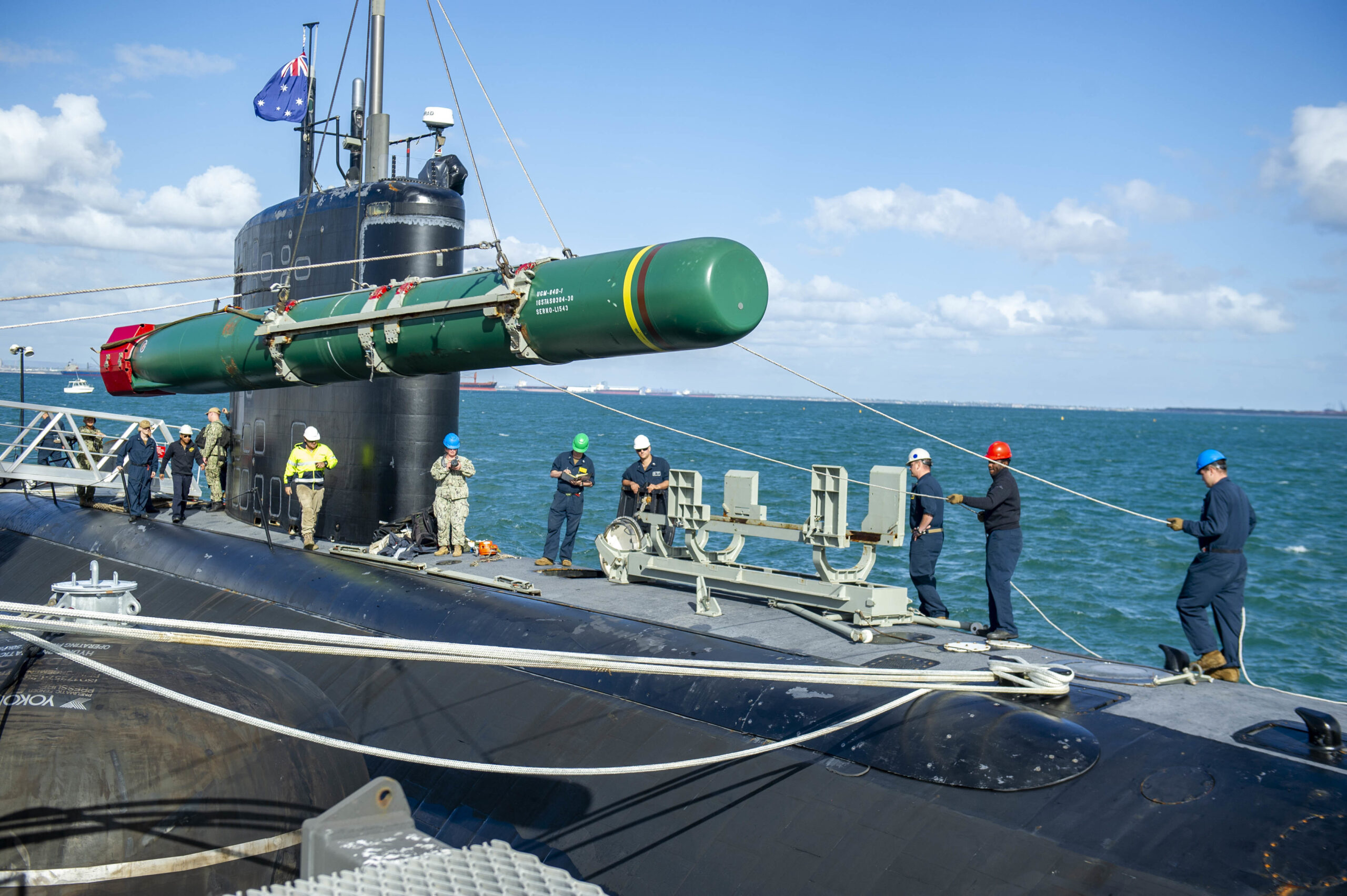
More Australian money has been earmarked for a second nuclear submarine operating base on the nation’s heavily populated East Coast to support AUKUS SSN operations in the southwestern Pacific Ocean and the strategic Coral Sea and Solomon Seas.
The details emerging from the Australian Senate hearings will no doubt throw fuel onto the political fire that has been sparked since the AUKUS agreement. It is also worth recalling here the 2021 bipartisan intervention of the Democratic U.S. Senator Jack Reed and retired Republican Senator James Inhofe, the then chairman and ranking member of the Senate Armed Services Committee, who voiced fears that Australia’s desire for U.S. Virginia class attack submarines, “…may be turning into a zero-sum game for scarce, highly advanced U.S. SSNs.” This is in relation to the already over-tasked U.S. submarine fleet that is in need of more hulls of its own, not to mention the capacity to service them in a timely manner.
Whatever the outcomes, the effort to provide the Royal Australian Navy with its first nuclear-powered submarines is proving to be a complicated and controversial affair. For Australia, however, the end result should be highly significant, with a powerful new ability to control key global shipping routes through the Indian Ocean and elsewhere.
Contact the editor: thomas@thedrive.com
